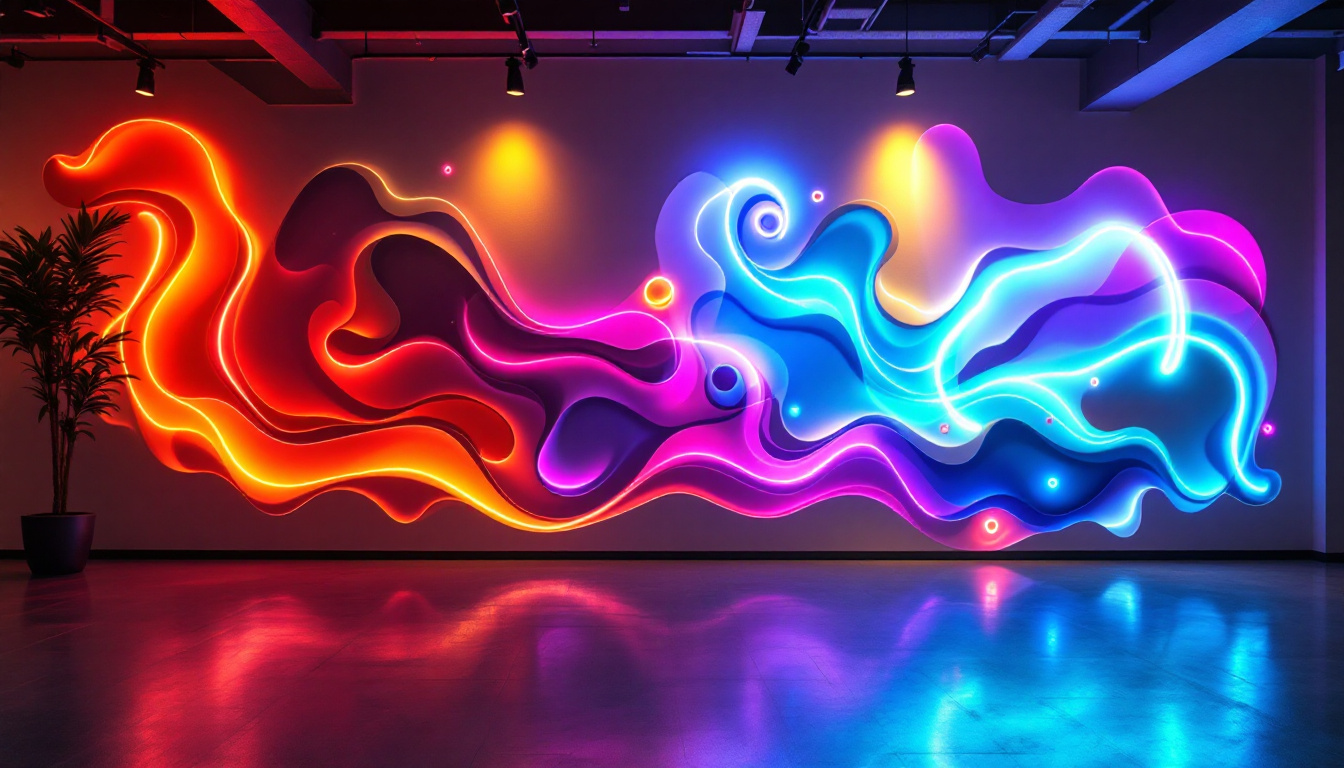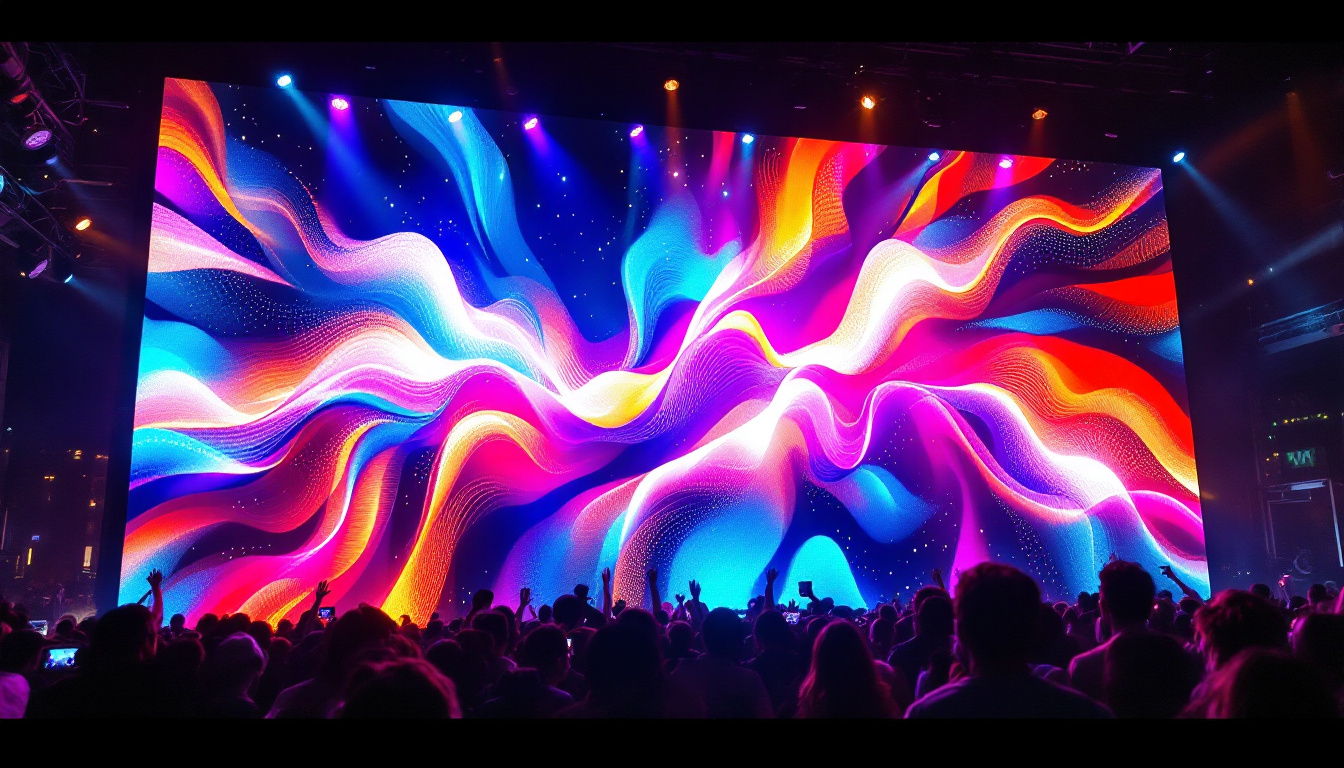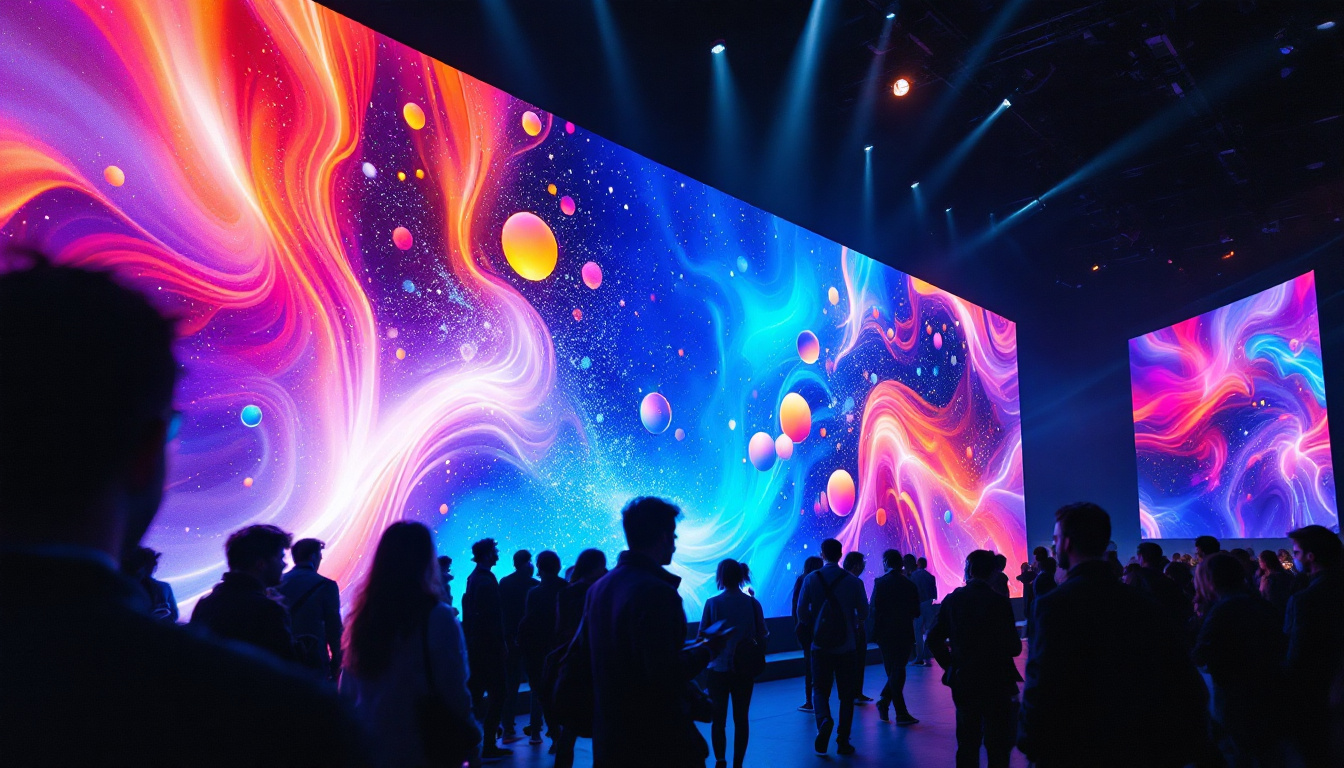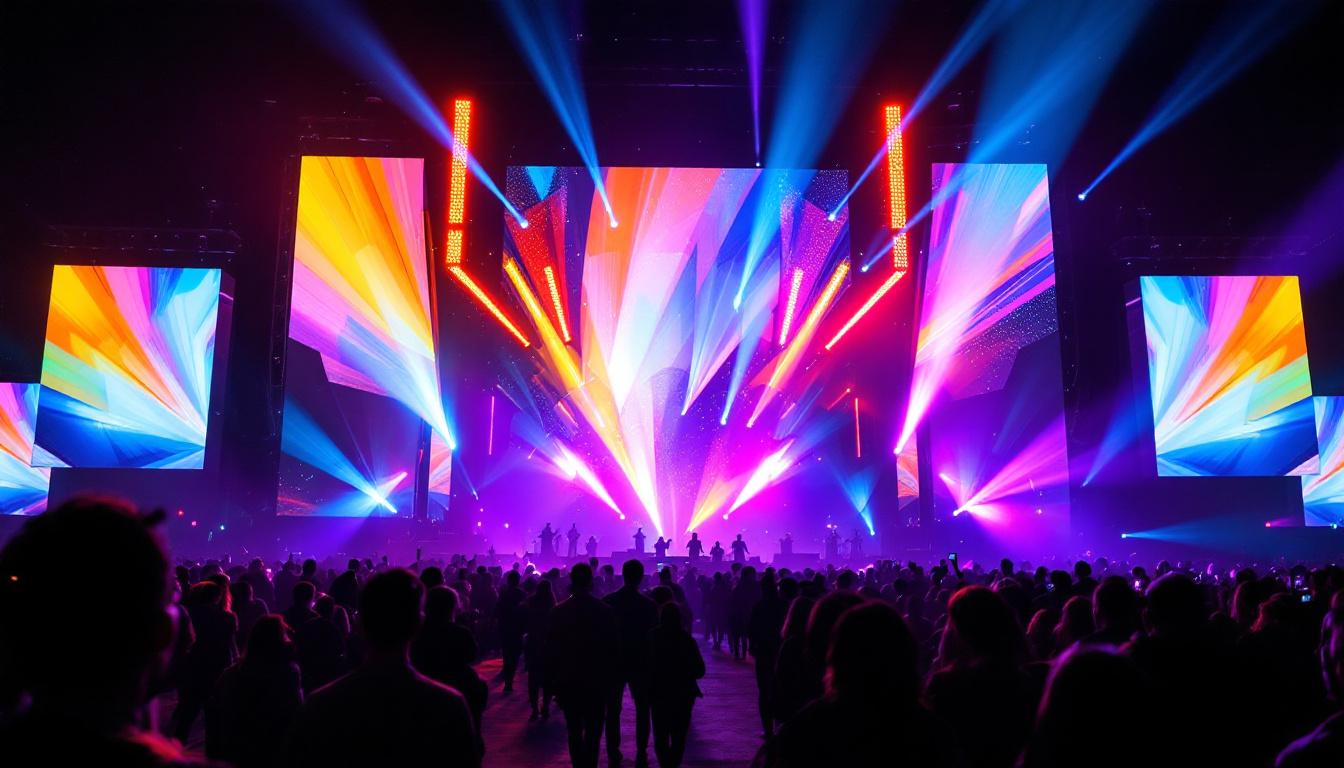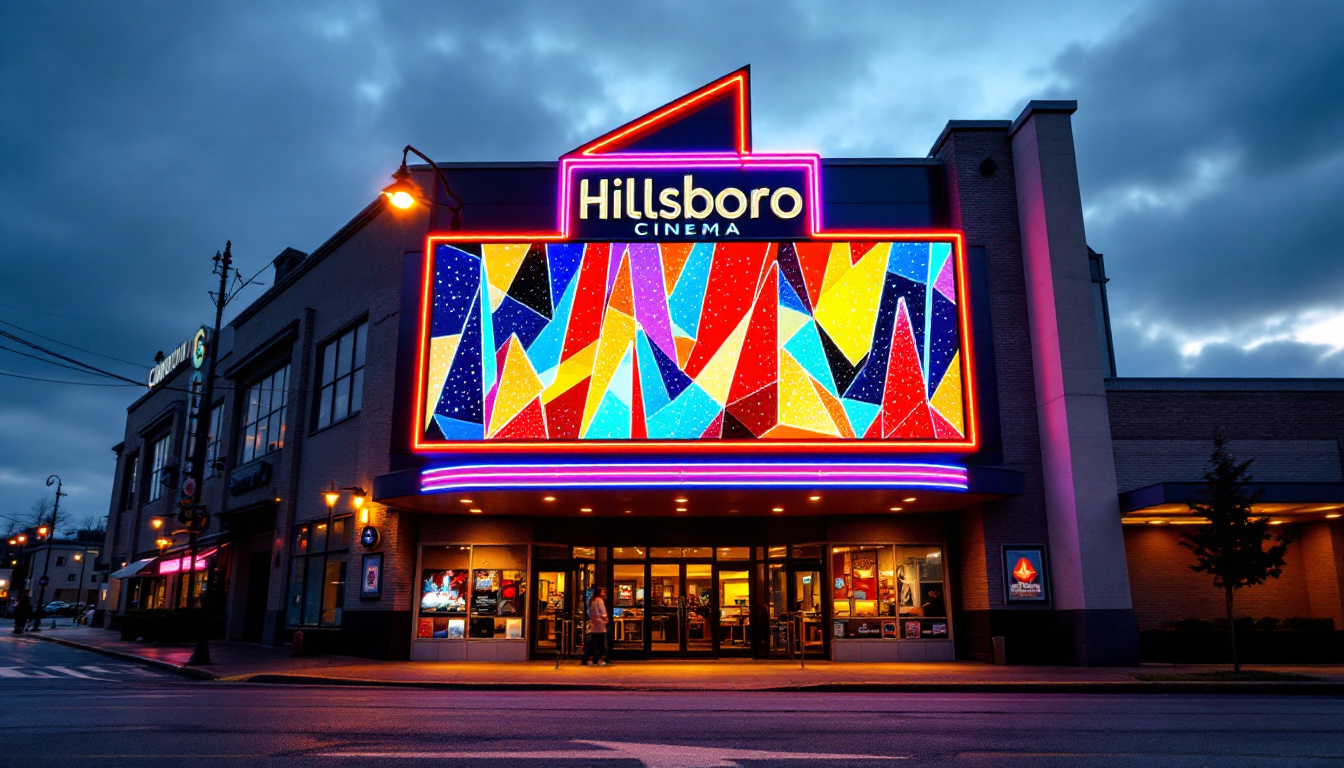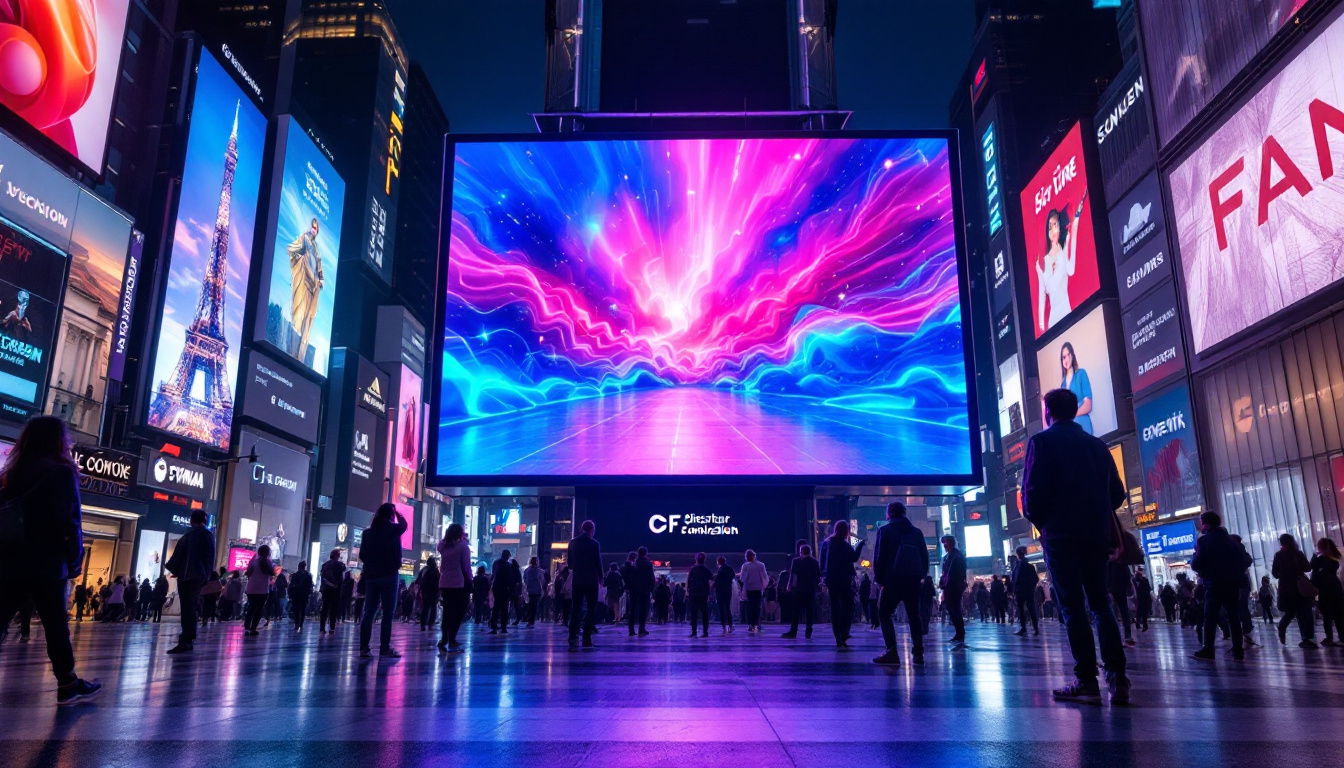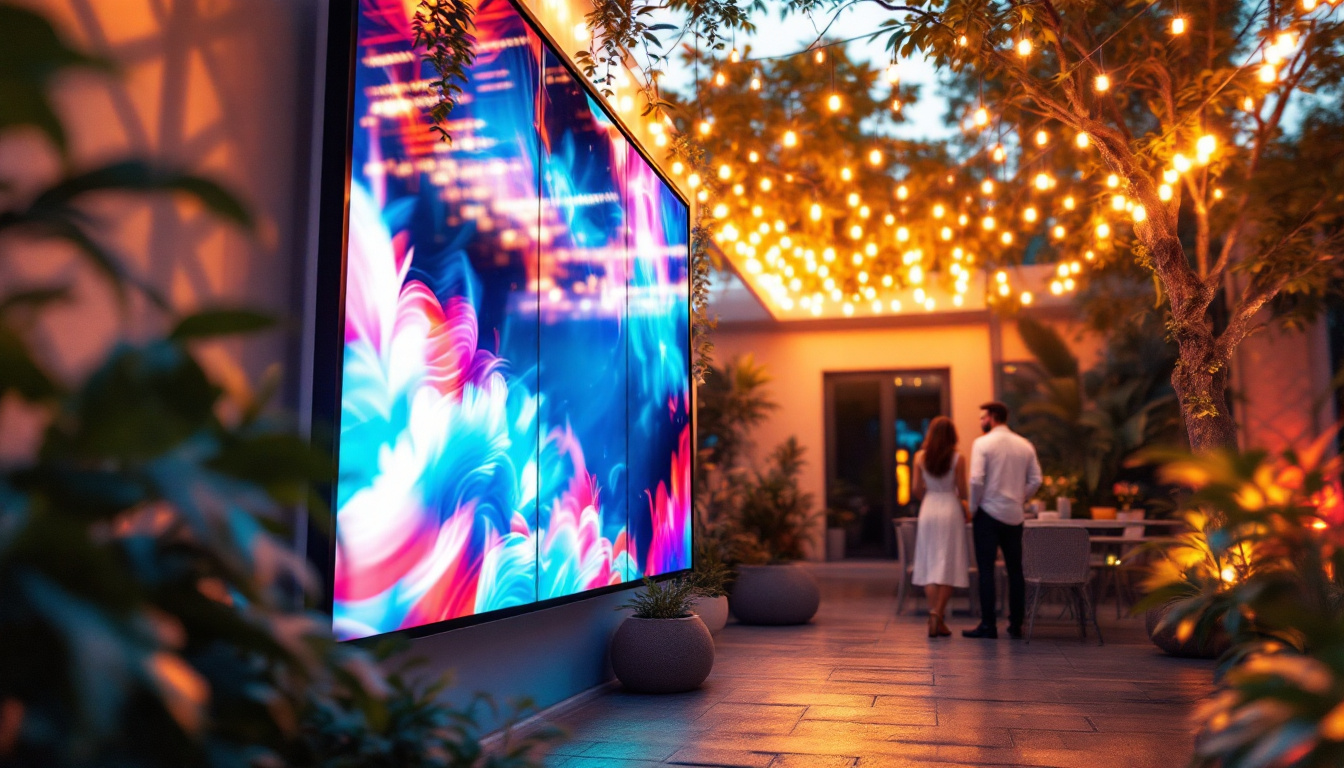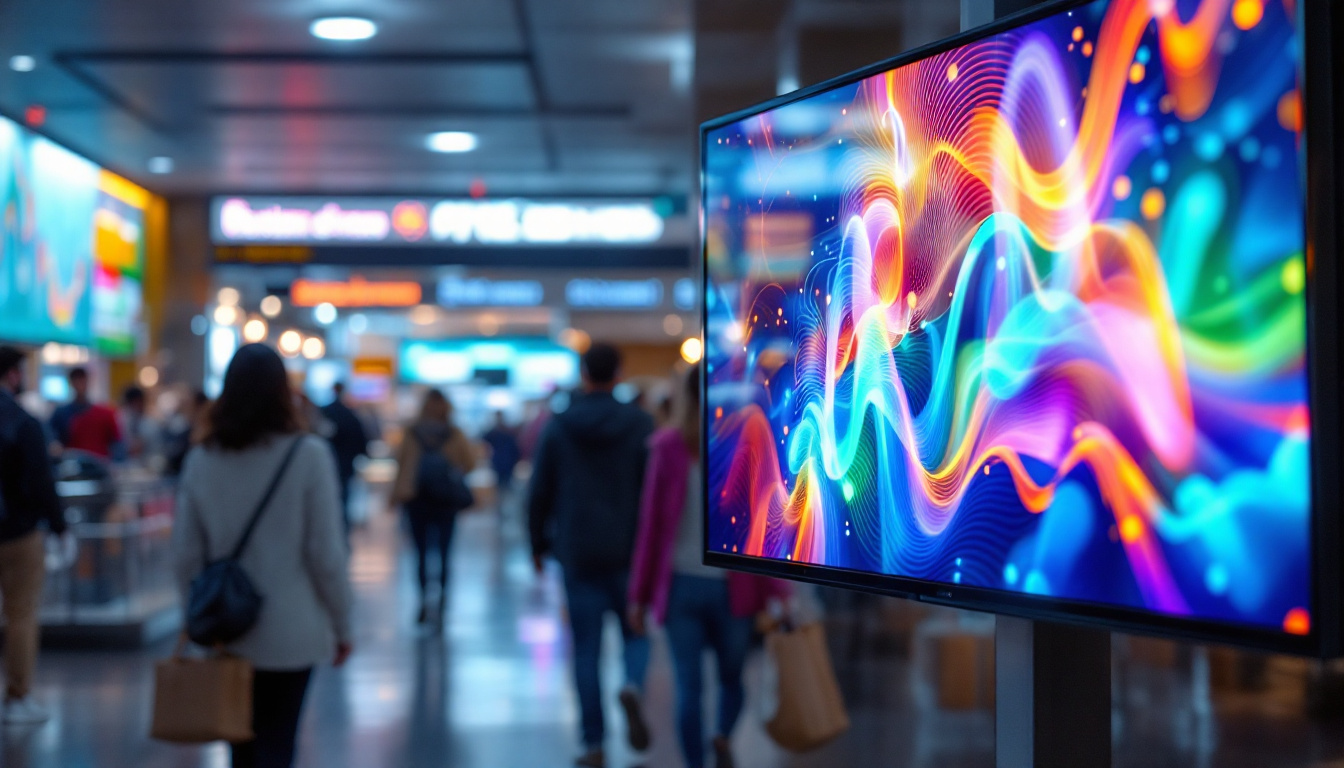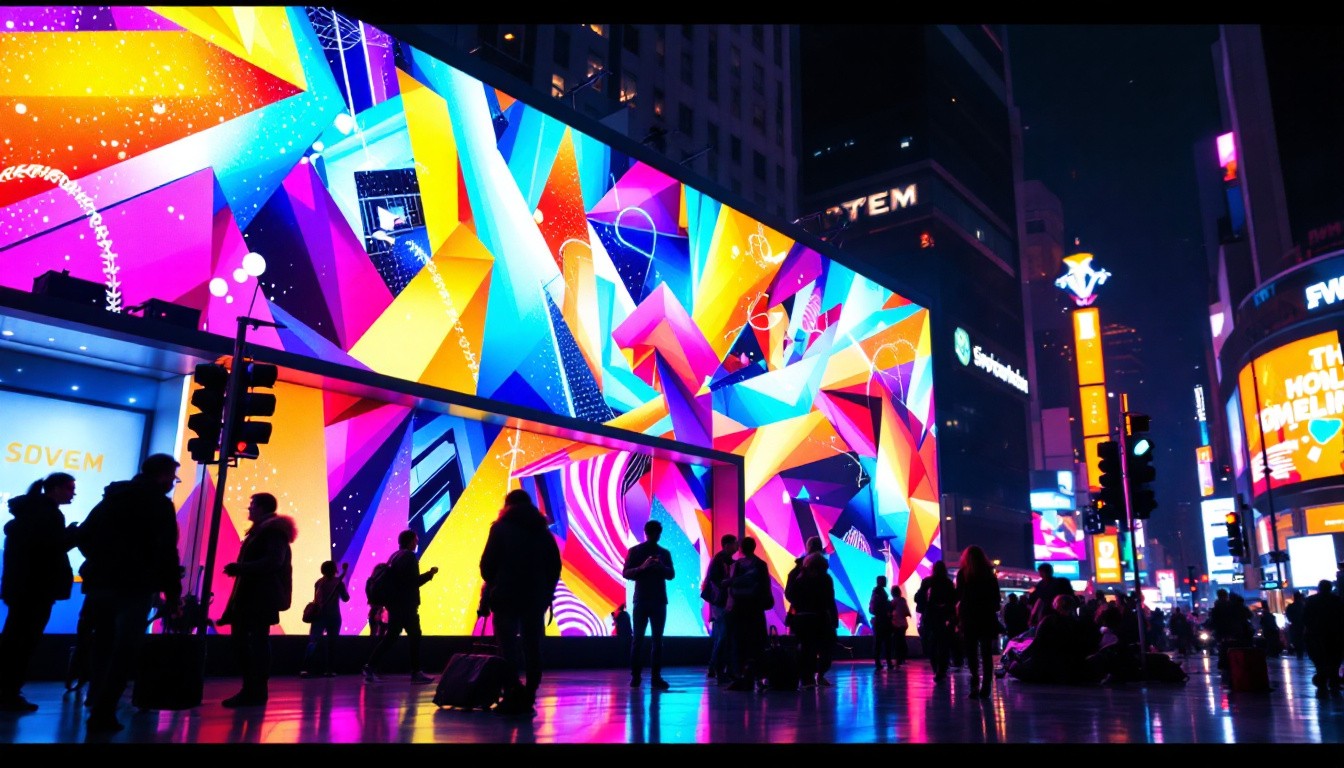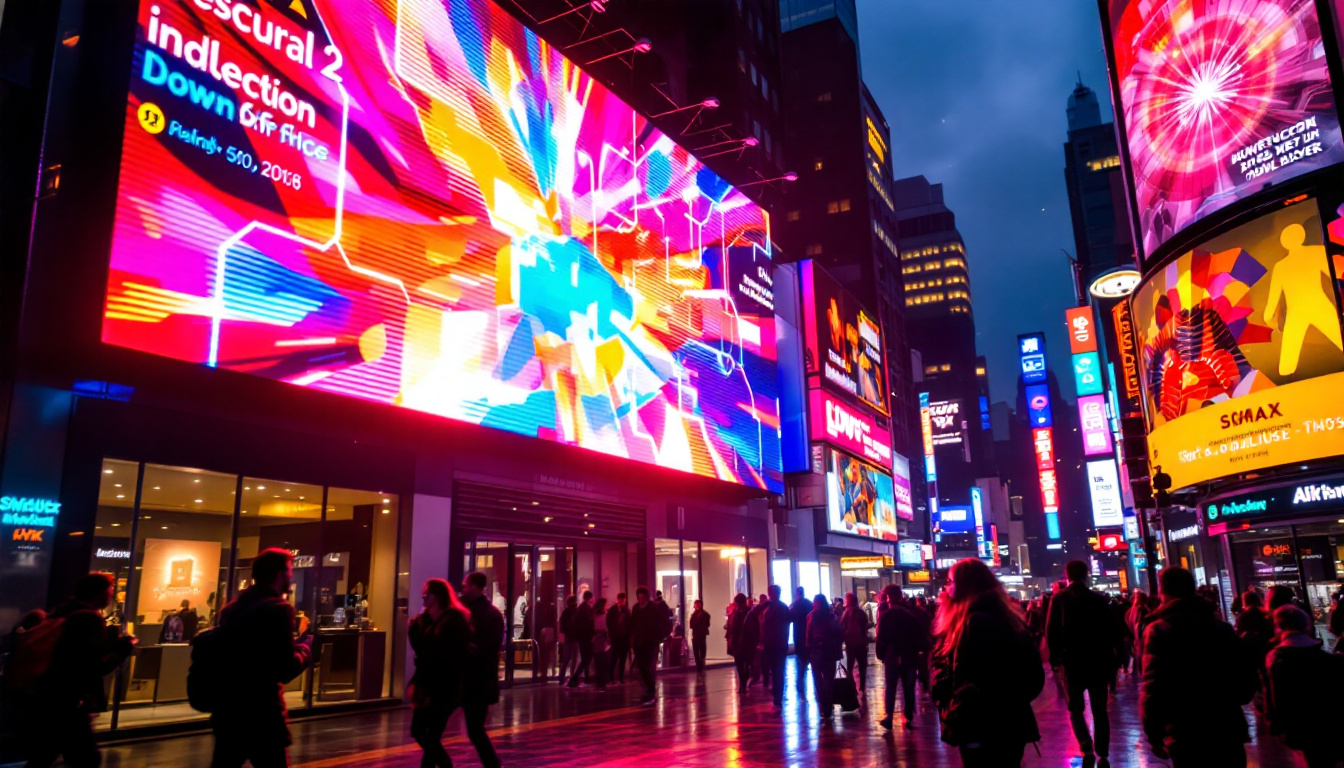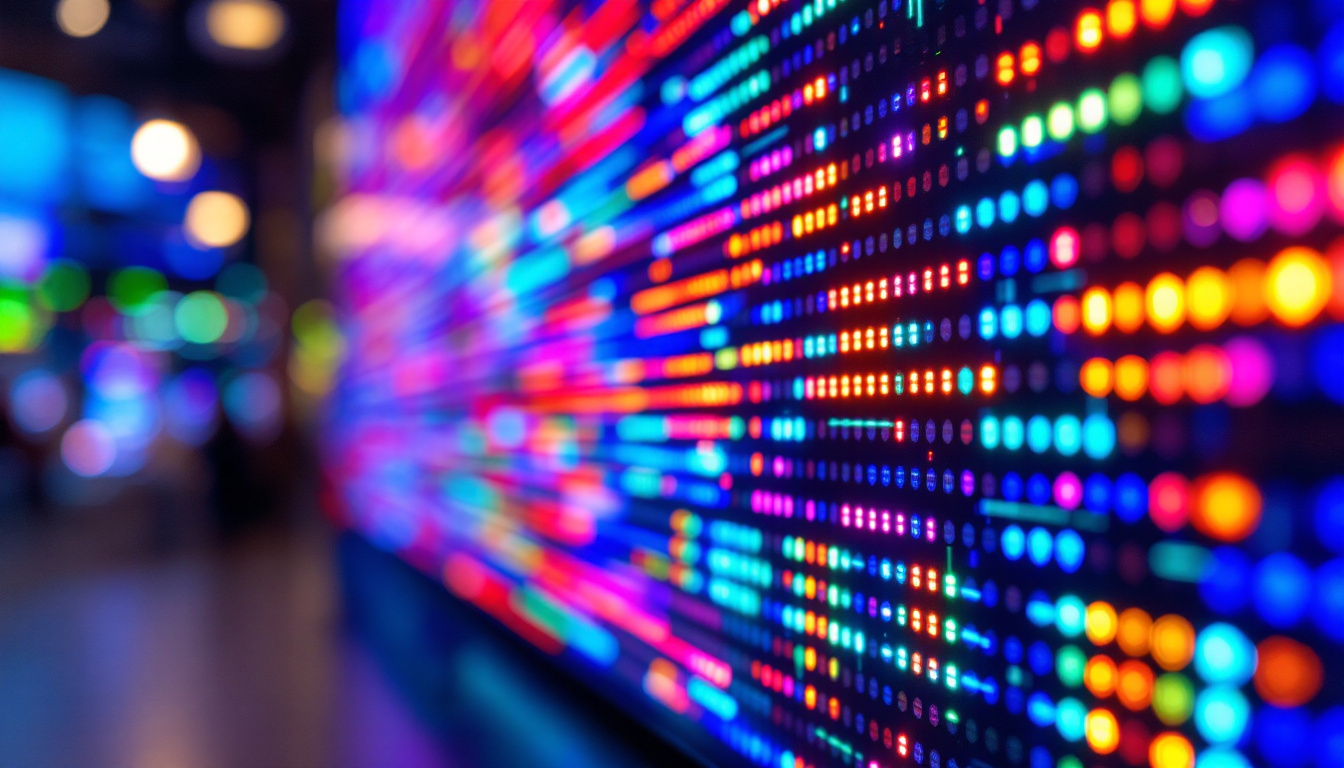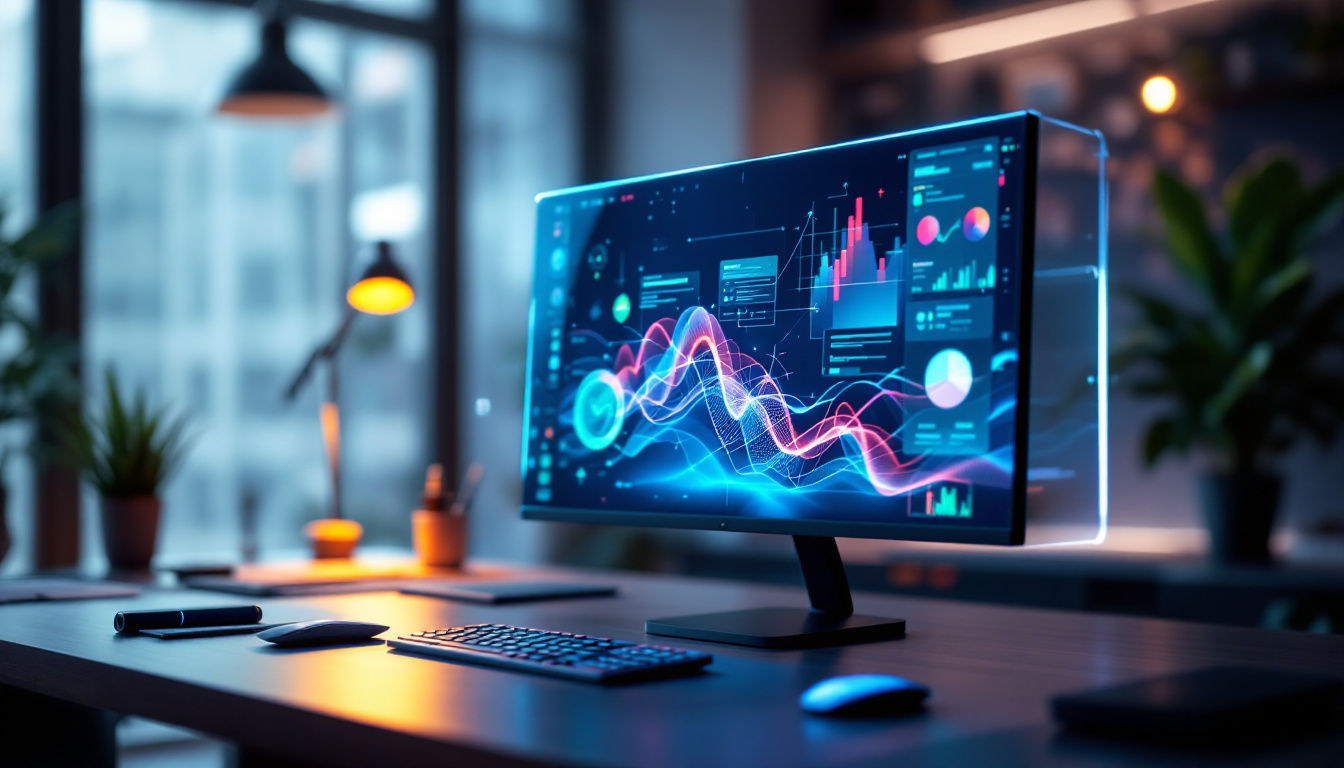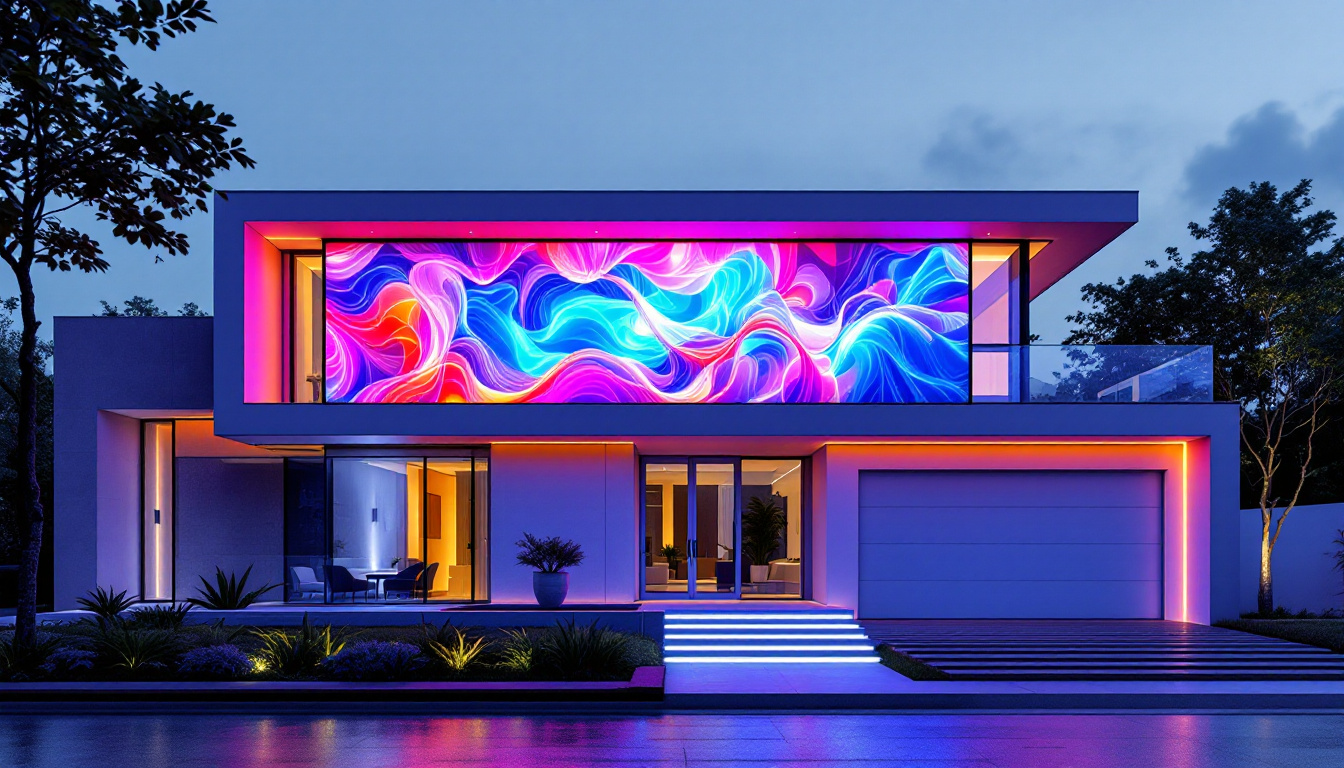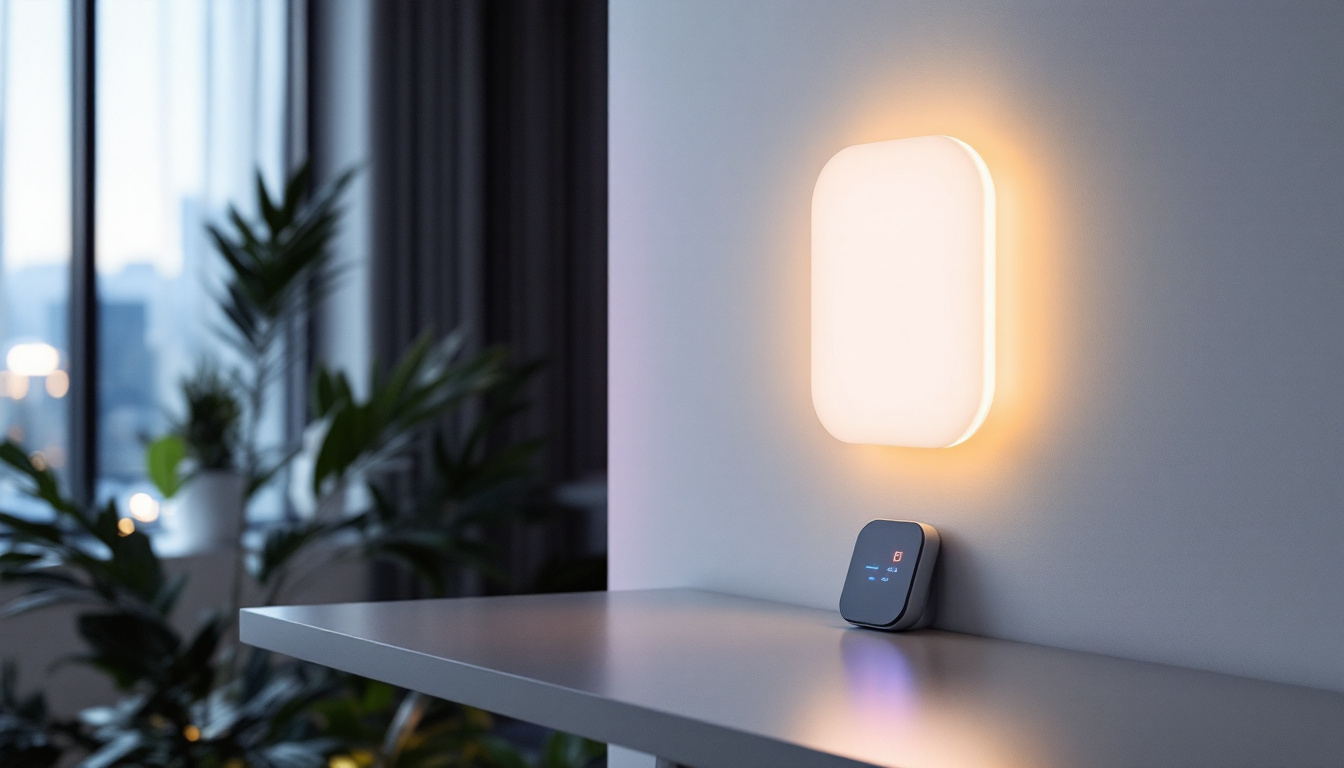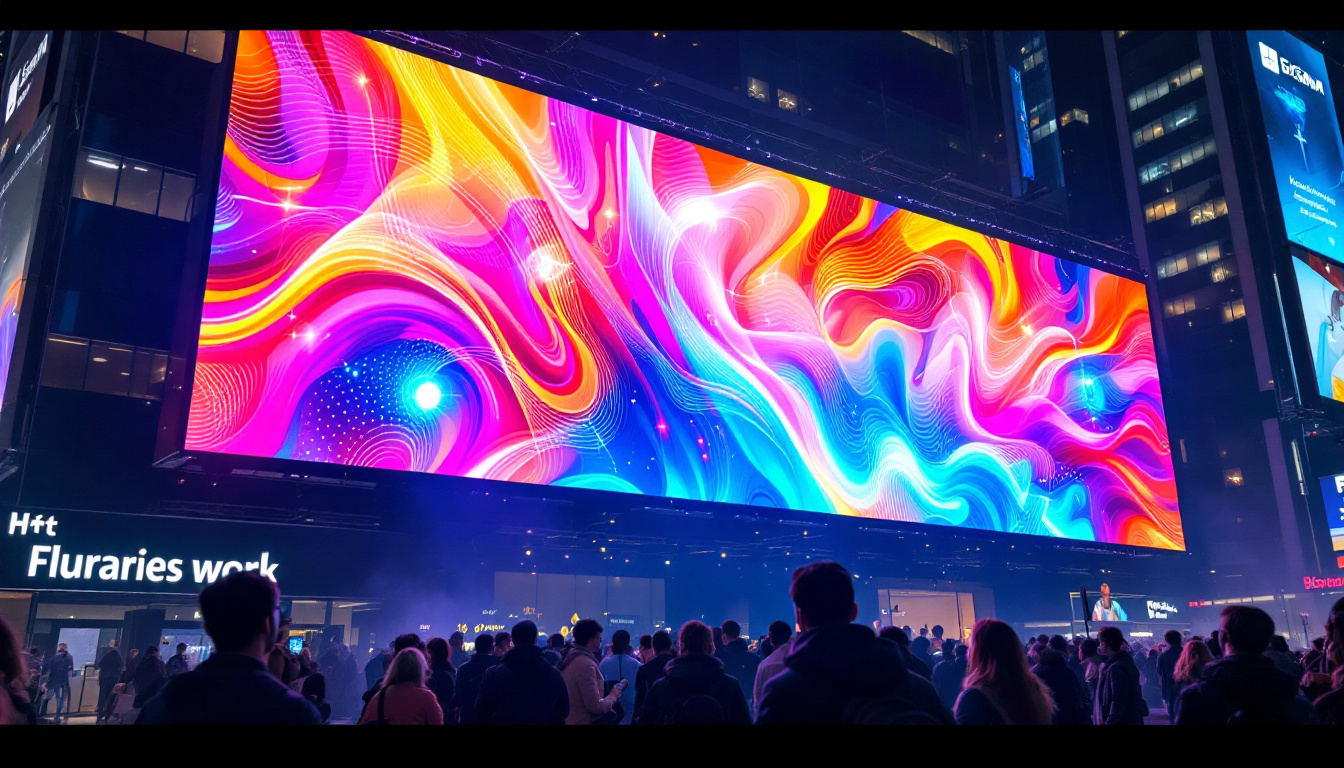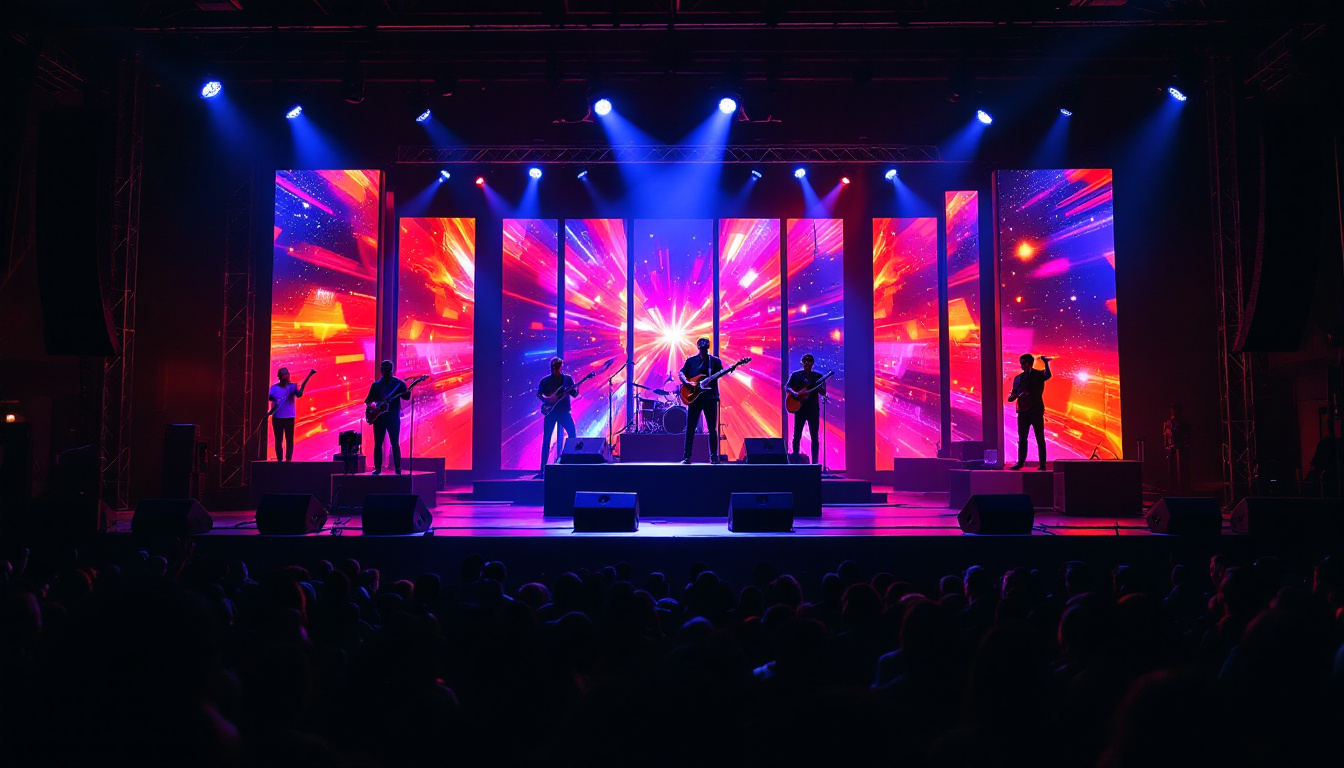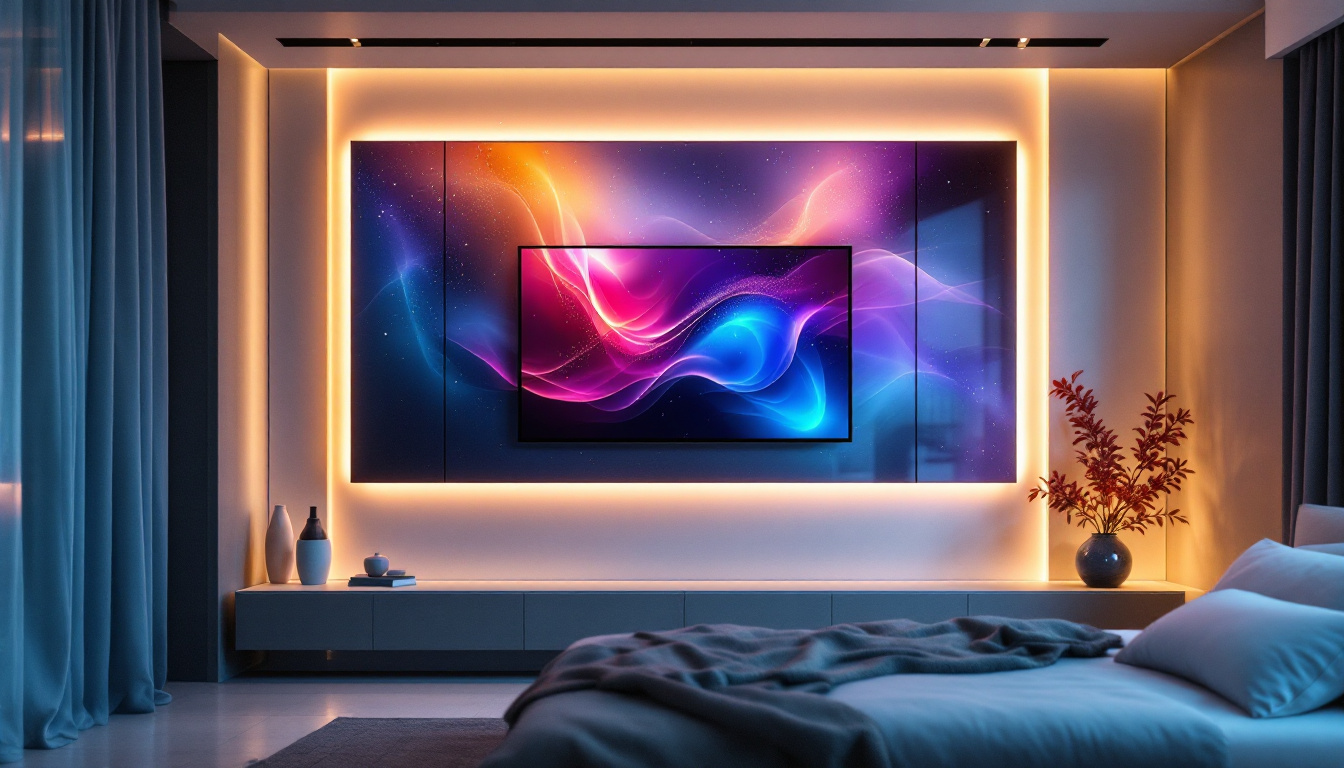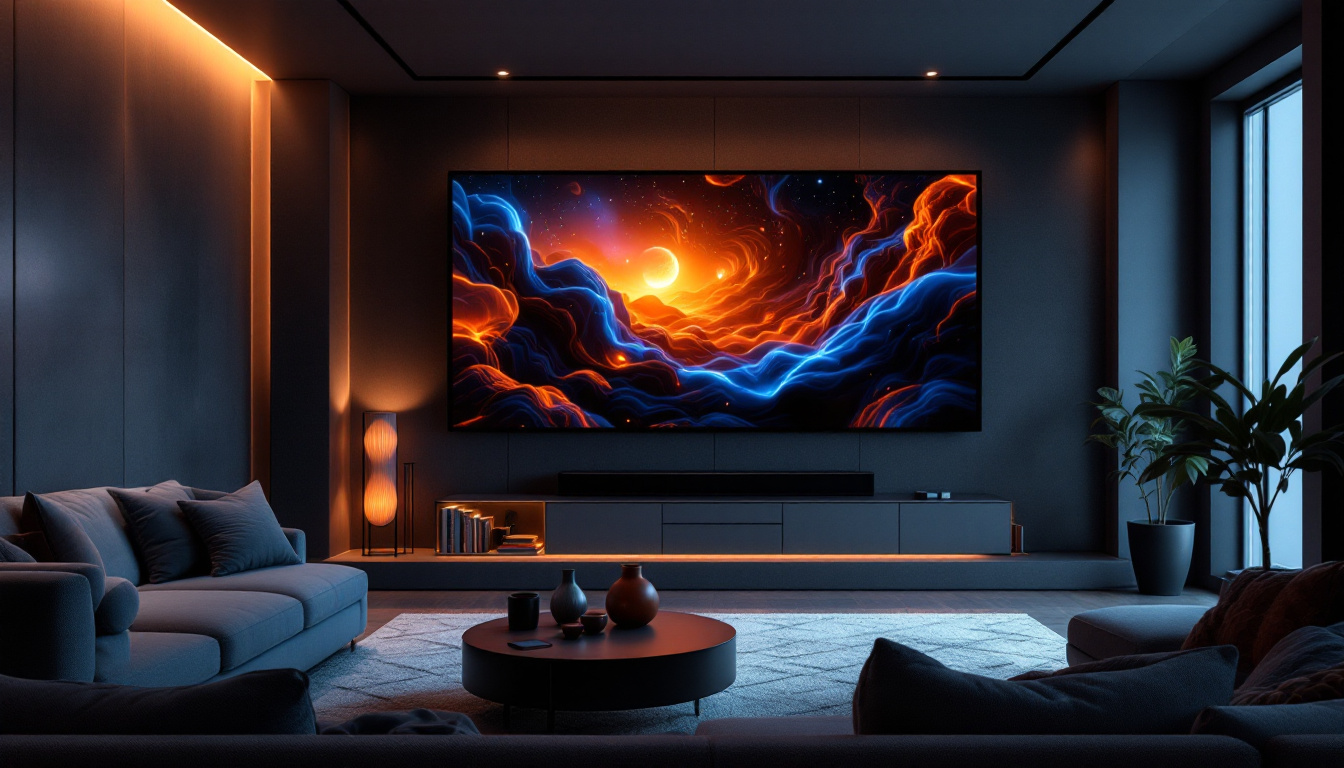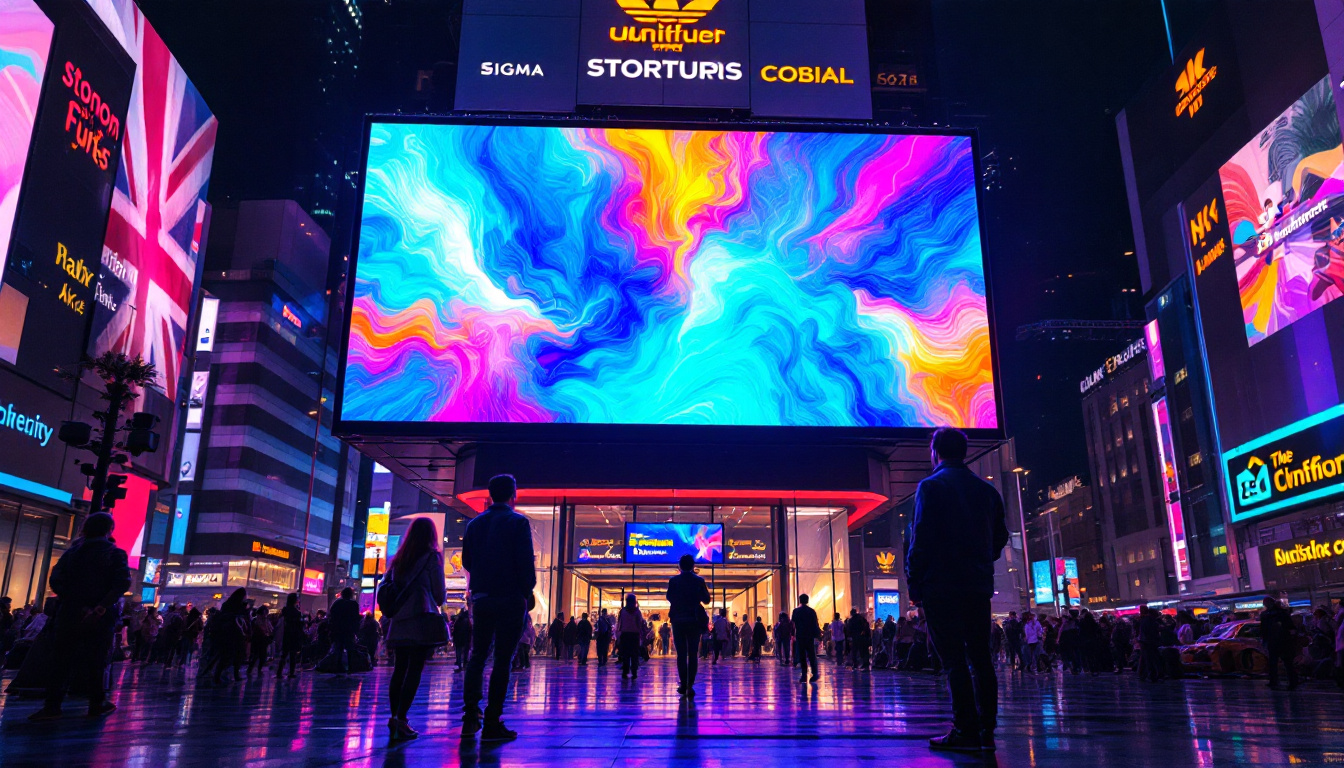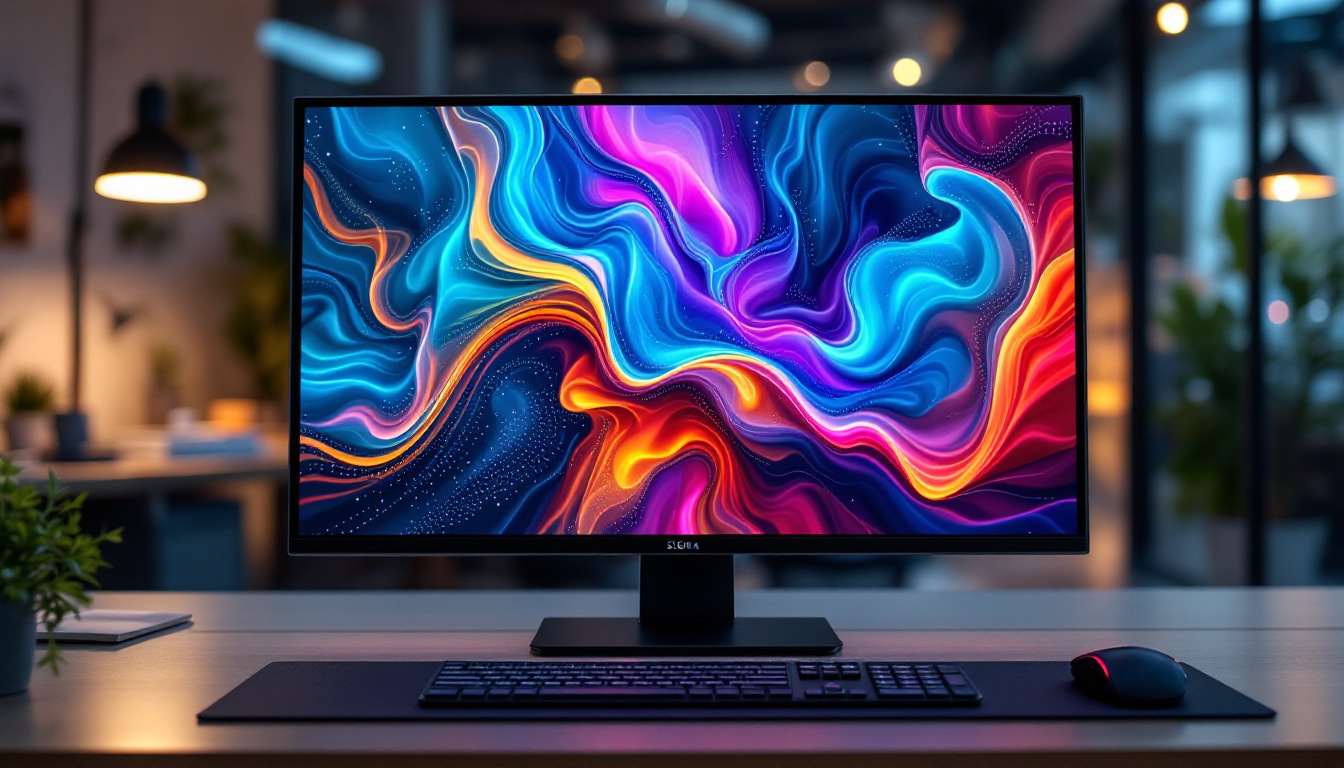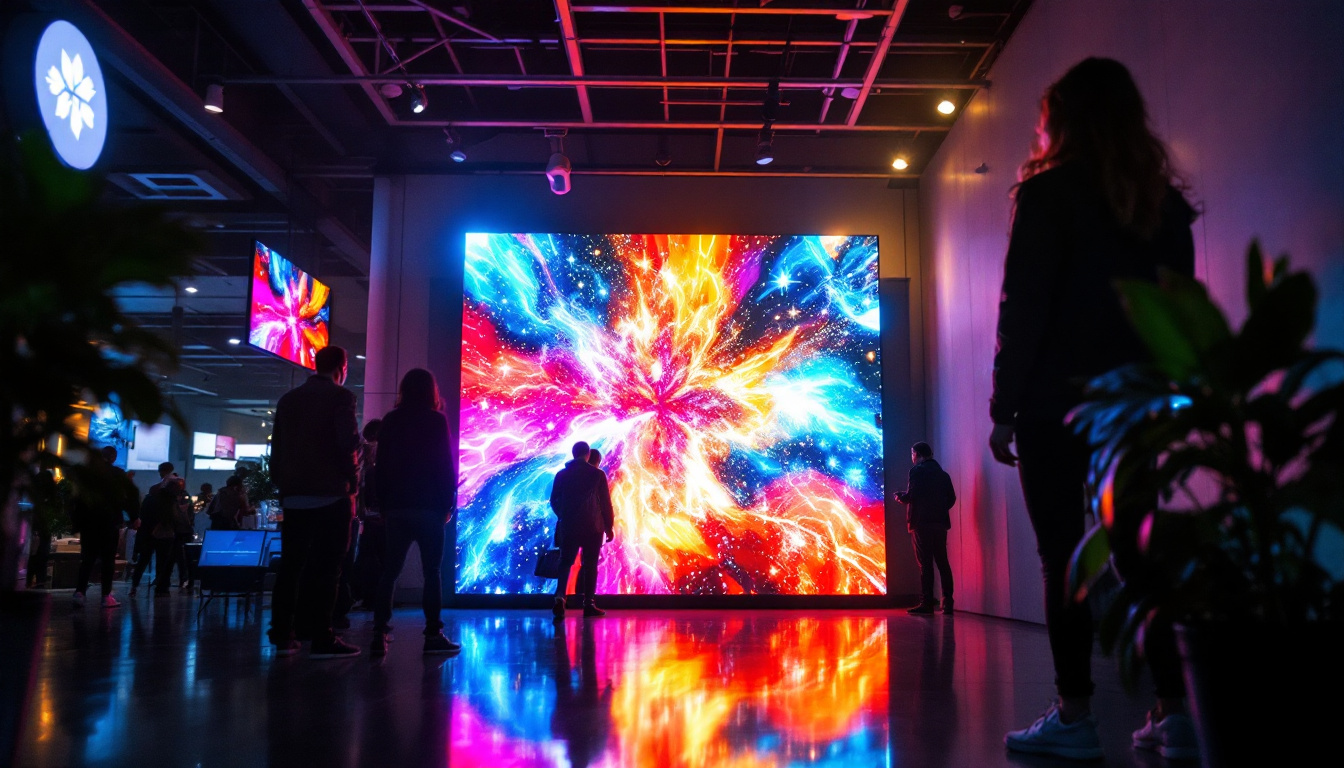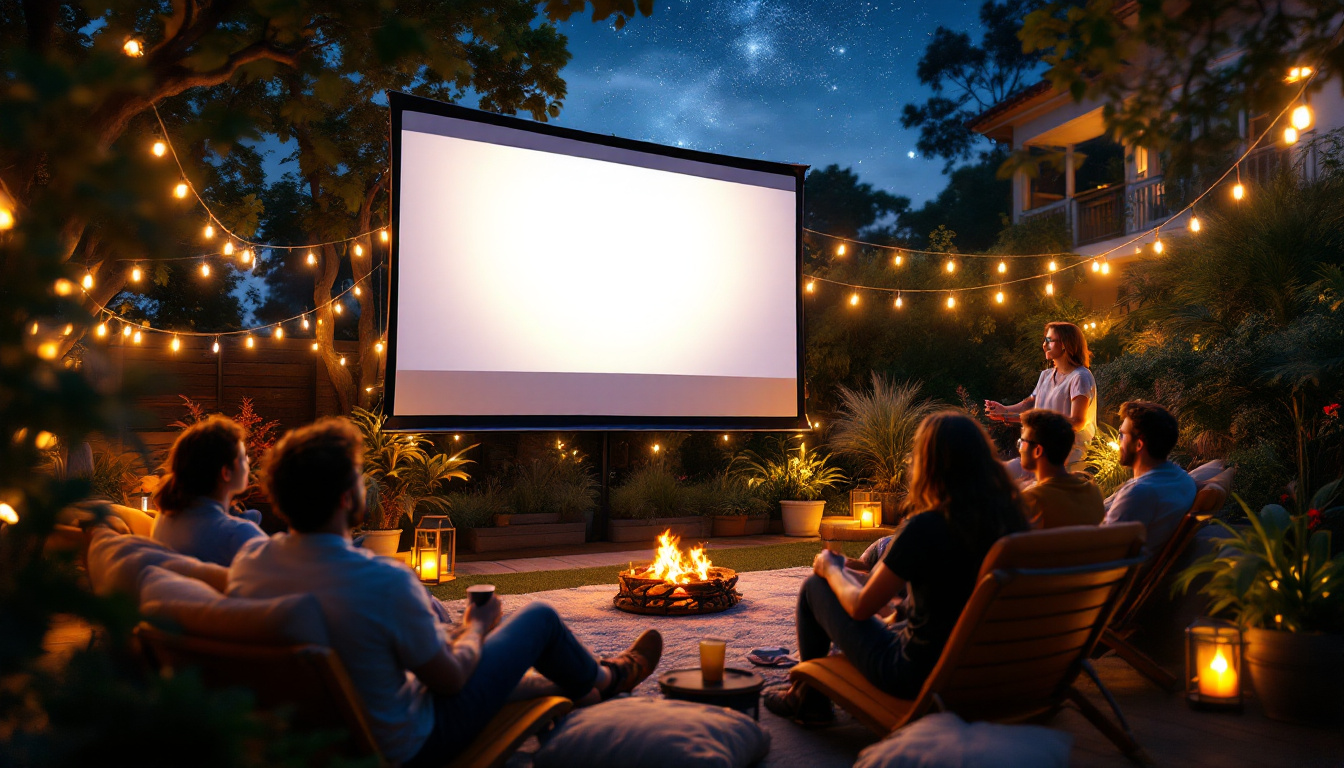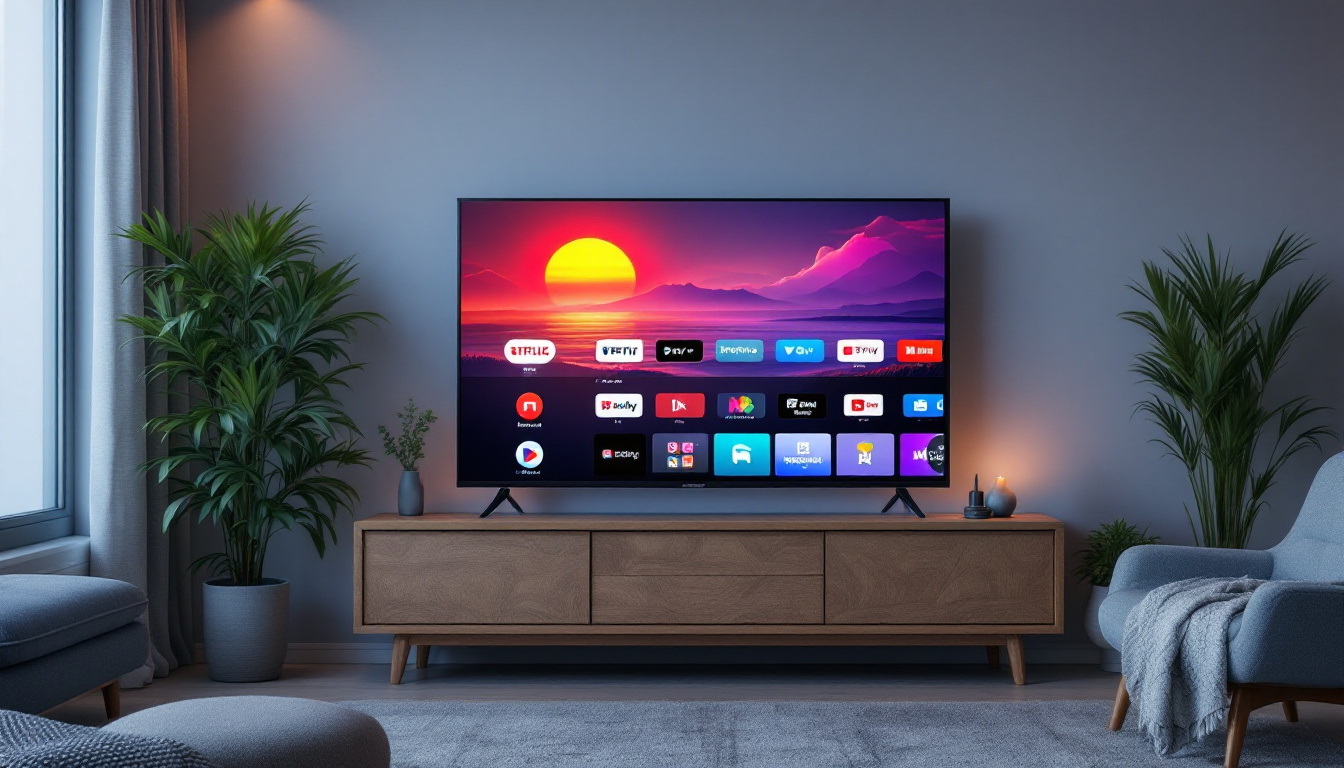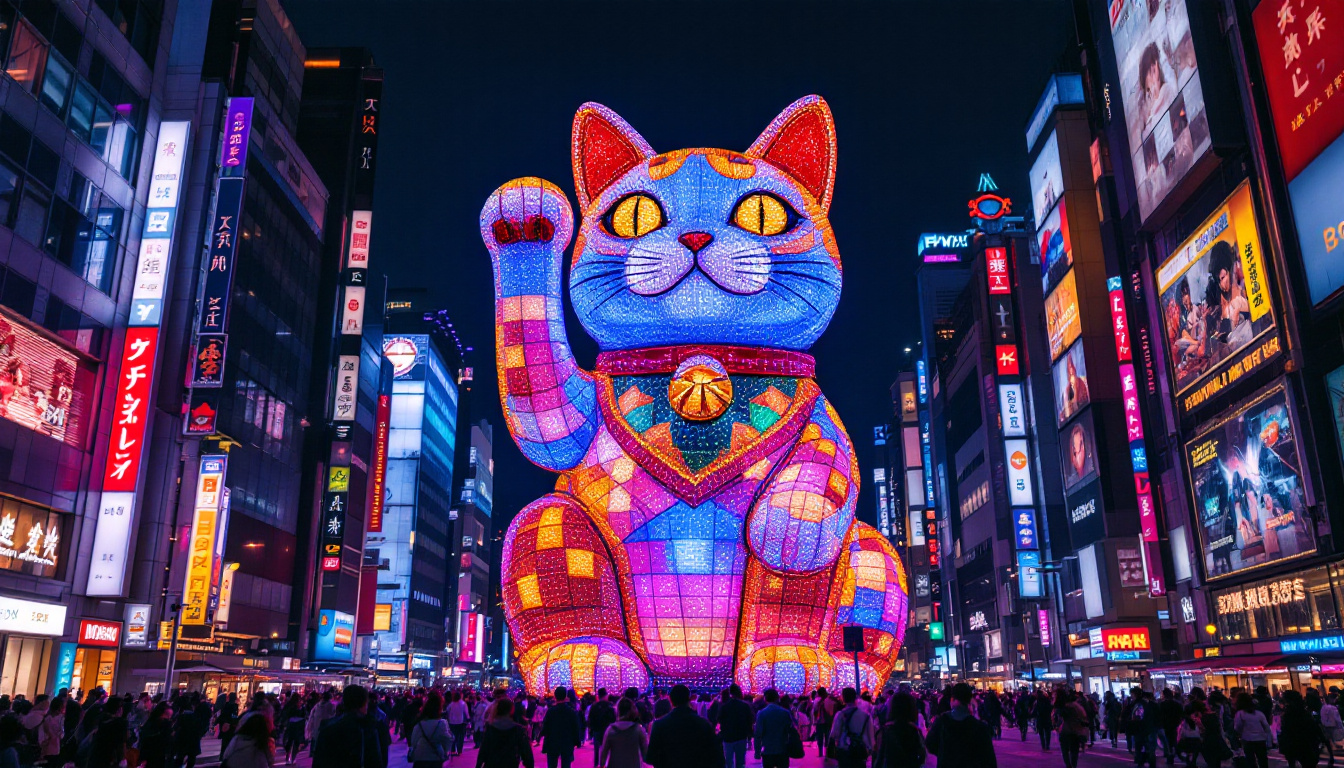Modern LED Wall Art: LED Display Explained
In recent years, LED wall art has emerged as a captivating blend of technology and creativity, transforming the way we perceive and interact with art. This innovative medium combines vibrant visuals with modern design, allowing for a dynamic expression of creativity that can adapt to any environment. Whether in homes, galleries, or public spaces, LED displays are redefining the art landscape.
The Evolution of LED Technology
To fully appreciate modern LED wall art, it is essential to understand the evolution of LED technology. Originally developed in the early 1960s, light-emitting diodes (LEDs) were primarily used as indicator lights in electronic devices. Over the decades, advancements in technology have expanded their application, leading to the vibrant displays we see today.
From Simple Indicators to Dynamic Displays
The journey of LEDs from simple indicators to complex displays began with the introduction of colored LEDs in the 1970s. As technology progressed, the ability to produce brighter and more varied colors emerged, paving the way for their use in larger applications, including digital billboards and screens. This evolution has culminated in the creation of LED wall art, which utilizes these advancements to create stunning visual experiences. The integration of microcontrollers and smart technology has further revolutionized how we interact with LED displays, allowing for customizable designs that can change in real-time, responding to music, mood, or even user preferences.
Advancements in Display Technology
Modern LED displays are characterized by their high resolution, color accuracy, and energy efficiency. Technologies such as OLED (Organic Light Emitting Diode) and QLED (Quantum Dot Light Emitting Diode) have further enhanced the capabilities of LED displays, allowing for deeper blacks, brighter colors, and wider viewing angles. These advancements have made LED wall art not only visually appealing but also a practical choice for various settings. Furthermore, the development of flexible LED panels has opened up new possibilities in design, enabling artists and designers to create unique shapes and forms that were previously unimaginable. This flexibility not only enhances the aesthetic appeal but also allows for innovative installations that can adapt to different environments, from homes to public spaces.
The Impact of LED Technology on Art and Design
The rise of LED technology has significantly impacted the world of art and design, providing artists with new mediums to explore. LED wall art can transform a simple wall into a dynamic canvas, where colors and patterns can shift and evolve, creating immersive experiences that engage viewers on multiple levels. Artists are now experimenting with light as a primary element of their work, blurring the lines between traditional art forms and modern technology. This fusion has led to the emergence of interactive installations, where audience participation can alter the display, making each viewing unique and personal.
The Aesthetic Appeal of LED Wall Art
LED wall art offers a unique aesthetic that can enhance any space. The vibrant colors and dynamic displays create an atmosphere that is both modern and inviting. Artists and designers are increasingly incorporating LED technology into their work, resulting in pieces that are not only visually striking but also interactive and engaging. This fusion of art and technology not only captivates the eye but also sparks conversations, making LED wall art a focal point in any room.
Creating Immersive Experiences
One of the most compelling aspects of LED wall art is its ability to create immersive experiences. Many installations are designed to respond to viewer interactions, changing colors or patterns based on movement or sound. This interactivity adds a layer of engagement that traditional art forms often lack, inviting viewers to become part of the artwork itself. For instance, some pieces utilize sensors that detect the presence of an audience, triggering transformations that can evoke emotions or memories, thus deepening the connection between the viewer and the art.
Versatility in Design
LED wall art is incredibly versatile, making it suitable for a wide range of environments. From contemporary homes to corporate offices, the adaptability of LED displays allows them to complement various design aesthetics. Artists can create everything from minimalist designs to elaborate, multi-dimensional installations, ensuring that there is something for everyone. Additionally, the technology behind LED art has evolved, allowing for customizable pieces that can change with the seasons or even the time of day, further enhancing the ambiance of any setting.
Moreover, the integration of smart technology into LED wall art has opened up new avenues for creativity. Artists can now design pieces that sync with music, creating a visual symphony that transforms a simple wall into a dynamic canvas. This capability not only enhances the viewing experience but also allows for personalization, as individuals can curate their own visual narratives based on their preferences. As a result, LED wall art is not just a decorative element; it becomes a living, breathing part of the environment, capable of evolving and adapting to the moods and needs of its inhabitants.
Applications of LED Wall Art
The applications of LED wall art extend far beyond mere decoration. These displays are being utilized in various sectors, showcasing their versatility and functionality. From commercial spaces to private residences, LED wall art is making a significant impact.
Commercial Spaces
In commercial settings, LED wall art serves as an effective marketing tool. Businesses are increasingly using dynamic displays to attract customers and convey brand messages. Restaurants, retail stores, and corporate offices are integrating LED art into their interiors to create a memorable atmosphere that resonates with their clientele.
Residential Use
In residential spaces, LED wall art can serve as a focal point, enhancing the overall aesthetic of a room. Homeowners are using LED displays to personalize their spaces, showcasing custom designs or even family photos. The ability to change the artwork at will allows for a dynamic living environment that can evolve with personal tastes.
Technical Aspects of LED Displays
Understanding the technical aspects of LED displays is crucial for anyone interested in incorporating this technology into their art or design projects. Various components and specifications play a significant role in the performance and quality of LED wall art.
Resolution and Pixel Density
Resolution refers to the number of pixels in a display, which directly affects the clarity and detail of the images. Higher resolution displays feature more pixels per inch (PPI), resulting in sharper images and finer details. Pixel density is particularly important for LED wall art, as it determines how close viewers can stand to the display without noticing pixelation.
Brightness and Color Accuracy
Brightness is another critical factor in LED displays. Measured in nits, the brightness level determines how well the display performs in various lighting conditions. For LED wall art, a higher brightness level ensures that colors remain vibrant and visible, even in well-lit environments. Color accuracy, on the other hand, is essential for achieving the intended artistic vision, making it crucial for artists and designers to choose displays with excellent color reproduction capabilities.
Installation and Maintenance Considerations
Installing and maintaining LED wall art involves several considerations to ensure optimal performance and longevity. Proper installation techniques and regular maintenance can significantly impact the lifespan and visual quality of the display.
Installation Techniques
When installing LED wall art, it is essential to consider factors such as location, mounting options, and power supply. Displays can be mounted on walls, suspended from ceilings, or integrated into existing structures. Each installation method has its advantages and challenges, and careful planning is required to achieve the desired aesthetic while ensuring safety and functionality.
Regular Maintenance
Maintaining LED wall art is relatively straightforward, but it does require regular attention. Cleaning the display surface and ensuring that all connections are secure can help prevent issues such as flickering or dimming. Additionally, monitoring the performance of the display and addressing any technical problems promptly can extend its lifespan and maintain visual quality.
The Future of LED Wall Art
The future of LED wall art looks promising, with continuous advancements in technology and design. As artists and designers explore new ways to utilize LED displays, the possibilities for creative expression are virtually limitless.
Integration with Smart Technology
One of the most exciting trends in LED wall art is the integration of smart technology. As homes and businesses become increasingly connected, LED displays can be programmed to interact with other smart devices. This integration allows for the creation of dynamic environments that respond to user preferences, enhancing the overall experience.
Sustainability and Eco-Friendly Practices
As environmental concerns grow, the art world is also shifting towards more sustainable practices. LED technology is inherently energy-efficient, and many artists are exploring ways to create eco-friendly installations. By using sustainable materials and energy sources, the future of LED wall art can align with broader environmental goals, making it a responsible choice for both creators and consumers.
Conclusion
Modern LED wall art represents a fusion of technology and creativity that is reshaping the art world. With its vibrant colors, dynamic displays, and interactive features, LED art offers a unique way to engage with visual culture. As technology continues to advance and artists push the boundaries of creativity, LED wall art will undoubtedly play a significant role in the future of artistic expression.
Whether in commercial spaces, residential homes, or public installations, LED wall art is not just a trend but a transformative medium that invites viewers to experience art in entirely new ways. Embracing this innovative form of expression opens up exciting possibilities for artists, designers, and audiences alike.
Discover the Future of Art with LumenMatrix
Ready to elevate your space with the vibrant and interactive world of LED wall art? LumenMatrix is at the forefront of this artistic revolution, offering an extensive range of LED display solutions that bring your creative vision to life. From mesmerizing Indoor LED Wall Displays to impactful Outdoor LED Wall Displays, and from versatile Vehicle LED Displays to innovative Custom LED Displays, our technology is designed to captivate and engage. Experience the transformative power of LED art and discover how LumenMatrix can enhance your brand visibility and create unforgettable visual experiences. Check out LumenMatrix LED Display Solutions today and join us in shaping the future of visual communication.

